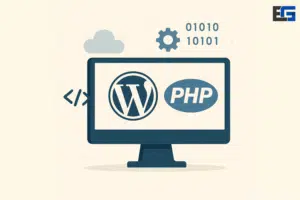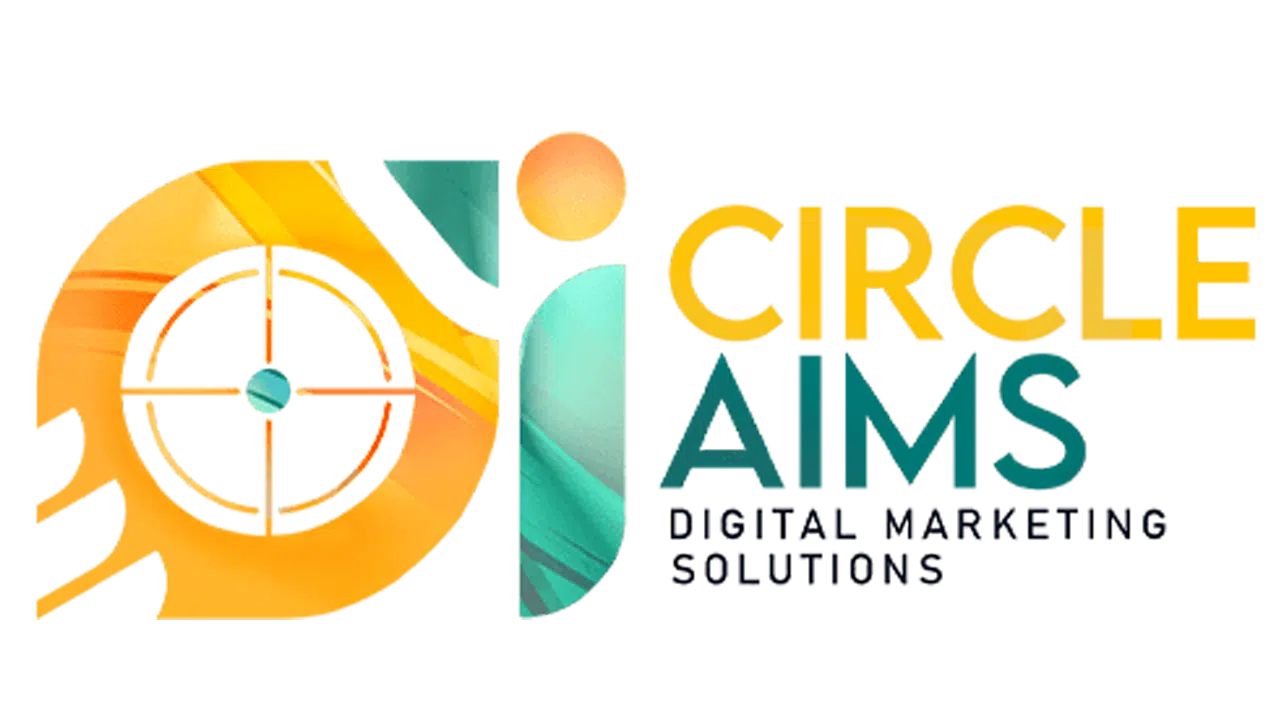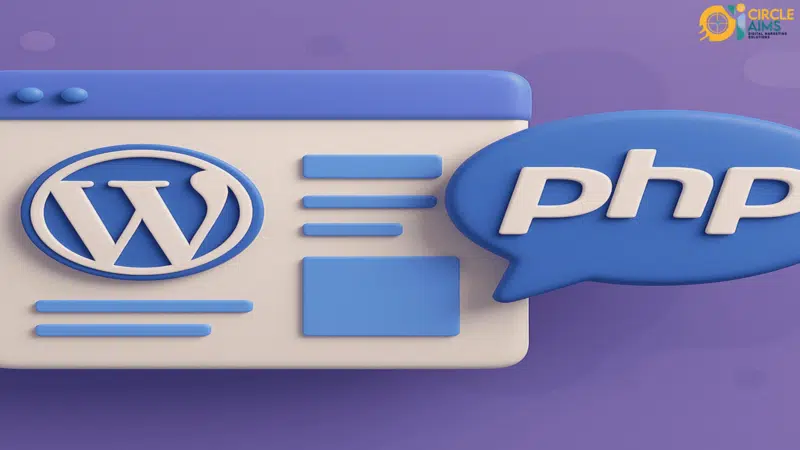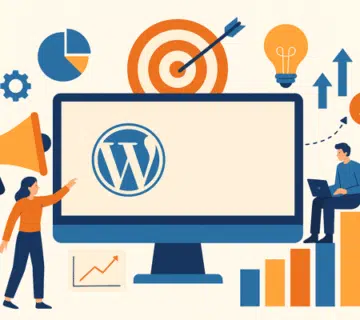WordPress PHP language
Introduction to PHP in WordPress
PHP is one of the most common programming languages in web development and has proven itself to be a core pillar of WordPress’s architecture. WordPress is built with PHP, which it relies on to deliver our dynamic content online. PHP is flexible and adaptable to developers’ needs, enabling them to create themes and plugins that match a site’s various requirements.
Using PHP is fundamental to building WordPress themes, where it defines how content is displayed on the site. With PHP, developers can design fully customizable pages with dynamic UI elements that interact effectively with visitors. PHP also enhances the user experience by enabling forms, user interactions, and real-time content loading without reloading the page, which improves performance.
In addition, PHP is used to develop plugins—the best way to extend WordPress functionality. Developers can write specialized PHP code that interacts with the WordPress database, allowing them to add features like comment systems, contact forms, or even SEO enhancements. PHP-based plugins are a key reason WordPress is flexible and extensible, letting users tailor their sites to their preferences and needs.
In conclusion, PHP is inseparable from the WordPress world, improving efficiency and innovation in site design and development. Programming with PHP opens doors for developers to craft custom solutions that meet diverse market needs.

Tools Needed to Develop WordPress with PHP
Developing WordPress with PHP requires a set of essential tools and technologies that enable developers to build and manage WordPress sites efficiently. A local development environment such as XAMPP or MAMP is crucial, as it lets developers run a web server and database on their own machines. This setup makes it easy to test and iterate without deploying the site online for every change.
A good code editor is another vital element. Editors like Visual Studio Code or Sublime Text are indispensable. They offer features such as PHP autocompletion and syntax highlighting, which improve the coding experience. Developers can also use version control tools like Git to track code changes, making collaboration easier and reducing errors.
There are also many helpful tools that can enhance development. Composer, for example, manages packages, making it easy to install external libraries, while frameworks like Laravel provide a strong structure for building PHP applications. Debugging tools like Xdebug speed up finding and fixing issues efficiently.
In short, developers should assemble a complete toolkit when building WordPress with PHP to ensure professional results and a smoother workflow.
WordPress File Structure and PHP Code
WordPress is one of the most popular CMSs in part because of its flexible PHP-based file structure. A WordPress site is made up of files and folders that work together to deliver a rich user experience and effective content management. Among these, wp-config.php is foundational, holding the site’s main configuration—database details and security info—making it the essential starting point for any WordPress project.
When it comes to organizing PHP code in WordPress, functions.php is pivotal for adding and customizing functionality. Through this file, you can add new code or adjust existing theme features. This flexibility lets developers tailor the site to their needs—for example, adding social share buttons or improving page load times.
WordPress’s structure also supports performance, with core files like index.php and style.css. These work in an organized fashion that simplifies management and coding tasks. When writing PHP, developers must take care to ensure efficiency and avoid conflicts with other plugins or existing components. Thorough testing is essential to ensure smooth operation and deliver top levels of performance and reliability.
Building WordPress Themes with PHP
Creating custom WordPress themes is a key step for designers and developers who want to tailor the user experience. PHP—the language WordPress is built on—gives you great flexibility in how themes are coded. To start developing a theme, you should understand the theme structure and its files.
First, create a new folder in WordPress’s themes directory. The folder can be named anything, but a descriptive name like my-custom-theme is recommended. Inside it, you’ll need two core files: style.css and index.php. style.css identifies the theme to WordPress via header comments, while index.php renders the theme’s main content.
With these files in place, you can start writing PHP. This includes headers, sidebars, and footers. Use functions like get_header() and get_footer() to include theme parts. You can also add support for extra features such as custom menus or featured images via add_theme_support().
For a polished layout, pair the theme with CSS. By bringing your own visual style to the UI, you can align the theme with a brand’s identity. It’s important to test the theme regularly to ensure it works well across environments. Once development is done, you can install and test it in WordPress. These are the basic steps for building a WordPress theme using PHP.
Developing WordPress Plugins with PHP
Plugin development is one of the most important tasks for WordPress developers, enabling them to customize and enhance site functionality. To begin, developers need a strong grasp of PHP, since plugins use it to organize and manage code. You can start a new plugin by creating a folder in wp-content/plugins and adding a PHP file there.
A basic understanding of how WordPress works is essential, particularly how plugins interact with core. WordPress provides a comprehensive set of hooks—Actions and Filters—that allow you to modify behavior easily. You can use these hooks to customize experiences or improve performance; for example, by adding a function within your plugin’s main file.
Performance optimization is a core aspect of plugin development. Focus on clean, efficient code and use techniques such as caching to reduce server load. It’s also essential to test plugins across different setups to ensure compatibility with WordPress variants and configurations. Tools like Query Monitor can help you profile performance and spot bottlenecks.
Ultimately, building WordPress plugins with PHP is rewarding, requiring deep programming knowledge and the right tools. New developers should be patient and focus on continuous learning to improve their skills and deliver plugins that enhance the WordPress user experience.

Working with Databases in WordPress
Databases are a fundamental part of WordPress, storing all information related to content, users, and settings. To interact with the database, WordPress uses the wpdb class, which provides a simple, easy-to-use API for running queries. Its strength lies in safe, efficient database operations.
To get started with wpdb, include it in your theme or plugin file (it’s available globally). You can then use methods like $wpdb->get_results() to retrieve multiple rows or $wpdb->insert() to add new data. For example, fetching all posts might look like:
$wpdb->get_results( "SELECT * FROM $wpdb->posts WHERE post_type = 'post'" );
This approach lets developers tailor queries to their needs.
Data security is critical when working with databases, and developers must guard against SQL injection. Use wpdb’s safe methods for handling input. For example, $wpdb->prepare() ensures queries are parameterized to prevent malicious injections. Also, validate conditions in queries to avoid leaking sensitive information.
Using wpdb, developers can boost application effectiveness while maintaining the security and reliability WordPress data requires. Proper database interaction is a key element of any successful WordPress project.
Best Practices for Writing PHP in WordPress
Writing PHP in the WordPress ecosystem calls for practices that optimize performance, ease maintenance, and improve security. First, follow clear, organized coding standards. Use WordPress’s coding standards—consistent spacing and braces—to make code more readable and maintainable.
Second, focus on performance. Avoid heavy functions or inefficient queries. Use tools like WP_Query appropriately to reduce database load and deliver faster responses. Also, caching—via plugins like W3 Total Cache or WP Super Cache—can significantly improve site speed.
Third, security is essential. Avoid trusting raw input and use functions like esc_html() and wp_nonce_field() to guard against common attacks such as SQL injection and CSRF. Keep all components and plugins updated, as updates often include security improvements.
Finally, expanding your knowledge of WordPress APIs and tools will level up your code. Good PHP practices not only enhance user experience but also ensure long-term project sustainability. Adhering to these practices strengthens the durability and security of your WordPress-based applications.
Improving WordPress Performance with PHP
Boosting WordPress performance is vital for a smooth, fast user experience. Effective use of PHP is central to this. Begin by measuring performance with tools like Google PageSpeed Insights and GTmetrix. These provide clear reports on page load times and highlight areas for improvement.
After assessing performance, leverage caching. Caching stores copies of your site’s pages, reducing load times. Popular plugins like W3 Total Cache and WP Super Cache cache pages and database queries, so visitors can be served saved content instead of rebuilding it each time—improving response times.
You should also optimize your PHP code. Clean, modular code contributes to speed. Reduce bloat and break functionality into small, focused units. Techniques like lazy loading for images and heavy content also help by loading them only when needed. By combining these strategies, you can significantly speed up WordPress, positively impacting both user experience and the overall site.
Conclusion and Lessons Learned
PHP has played a major role in WordPress’s growth, making it one of the most popular content management systems on the internet. By understanding PHP fundamentals and applications, developers can learn how to build dynamic, customizable websites with WordPress. We covered many useful and advanced concepts that can elevate developers’ experiences on the platform.
One key takeaway is the importance of mastering PHP basics, which serve as a springboard to more complex applications. Developers should equip themselves with the tools to understand how code and software work, allowing them to maximize WordPress’s benefits. Following foundational programming practices and engaging with developer communities are effective ways to broaden knowledge.
Additionally, PHP’s use in WordPress highlights the need to write reliable, secure code. Practices such as input validation, data sanitization, and performance optimization should be at the heart of every project. Hardening code for security and efficiency is essential and deserves careful attention.
For developers seeking to go further with PHP in WordPress, reviewing the official WordPress documentation and taking specialized courses are recommended. Common problems can also be tackled via discussion forums and local communities. Through these steps, developers can strengthen their capabilities and bring new, innovative ideas to WordPress development.







No comment